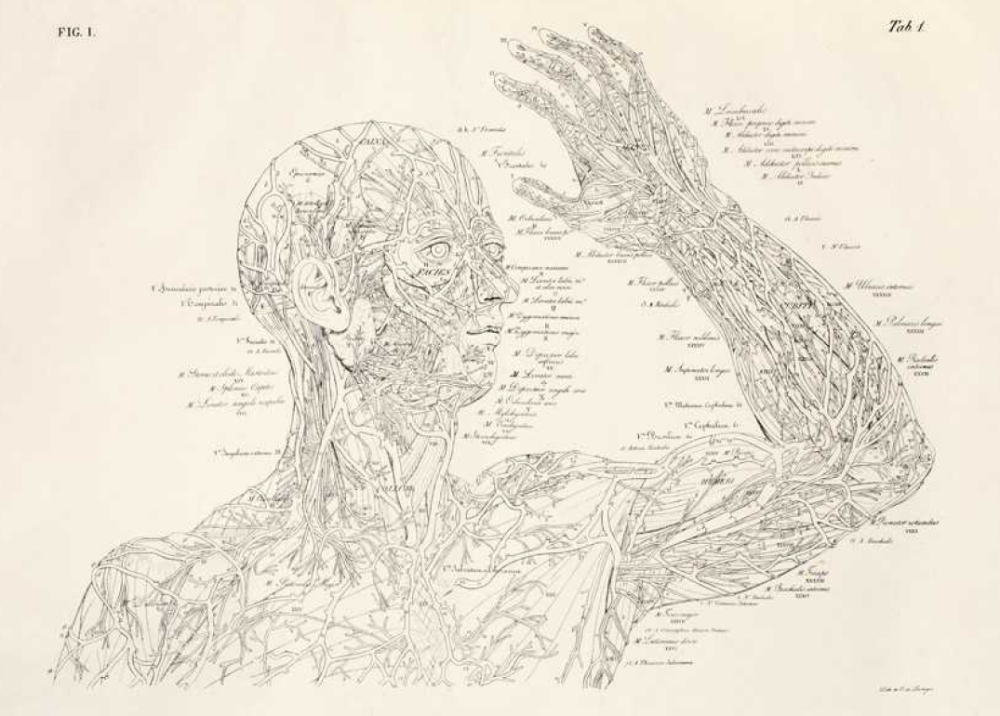Who decides what my body means?
The next Reformation is about interpretation, but not of a book.

They say it’s best to avoid conversations about religion, sex, and politics. Social media seems to heighten the wisdom of this council. Foolishly or not, I tend not to heed it. But recently I have found myself in strange territory. Not simply angry or frustrated, but lost—as though we were all looking out the same window yet describing different worlds. Again and again, conversations on these subjects conjure Babel. We want to see and to know God, but it all ends in chaos and confusion.
Amid regular news reports about police shootings of unarmed black men and women, or pastors being defrocked for performing a same-sex wedding, or questions about diversity in higher education (or anywhere, really)—other people’s pain or anger or understanding seems a distant, hazy idea. We get stuck in a conversation that spins around the same two or three phrases, and everyone begins to wonder how the other can’t see, can’t understand. Are we even speaking the same language?
They’re not. We’re not.




